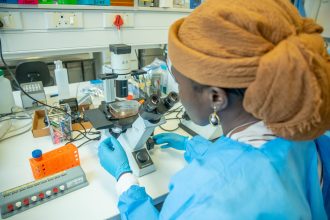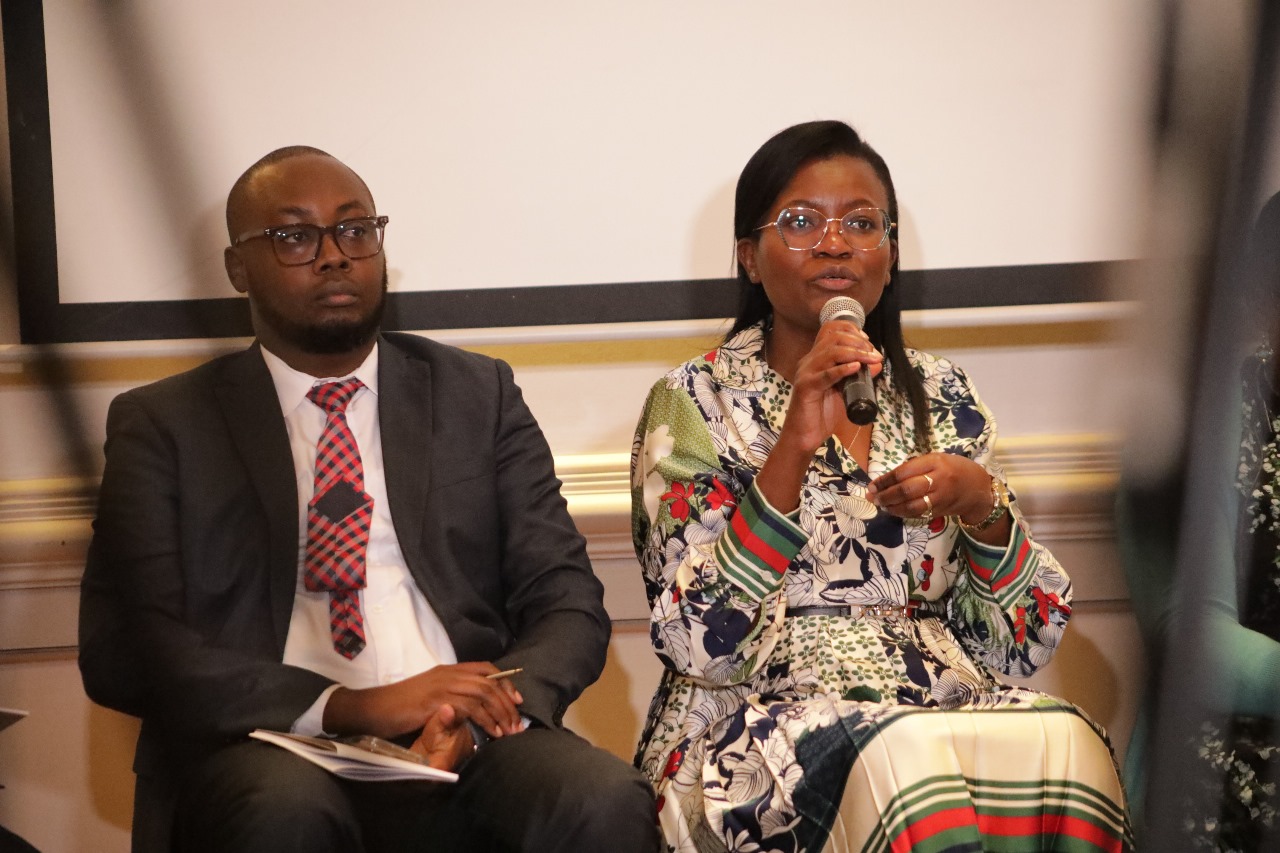By Lenah Bosibori
A recent survey revealed that 44 per cent of hospitalised patients in Kenya are due to anti-microbial resistance, a figure experts say is dangerously high. Professor Margaret Oluka, who helped lead the study, said the results reflect widespread overuse of antibiotics medicine use in hospitals, a practice that accelerates antimicrobial resistance.
The survey, conducted in 12 hospitals across Kenya, was designed to generate local data on prescribing practices. “It was important for us to document the use of antibiotics by our own prescribers,” Prof. Oluka explained at a recent media briefing in Nairobi, stressing that such evidence helps Kenya design interventions tailored to its needs.
One of the most concerning findings was that ceftriaxone, a World Health Organisation (WHO) “WATCH” antibiotic meant for limited use, is the single most prescribed drug in hospitals, accounting for 23 per cent of prescriptions. “Resistance to ceftriaxone has already reached about 70 per cent,” Oluka warned. Equally troubling, she added, is that meropenem a WHO “RESERVE” antibiotic meant strictly for life-threatening infections, also ranks among the top ten most prescribed medicines.
“If doctors are already turning to reserve antibiotics, it means common ones have become less effective,” she cautioned. “Soon, we may be left with no options at all.”
The implications are stark. For common infections such as pneumonia, urinary tract infections, and even newborn sepsis, doctors are increasingly resorting to last-resort drugs. Sepsis is a life-threatening medical condition that occurs when the body’s response to infection spirals out of control.
Globally, an estimated 1.9 million people die from antimicrobial resistance (AMR) — when bacteria stop responding to medicines. This is more than the COVID-19 deaths in its first year. Sub-Saharan Africa bears the heaviest burden, where weak laboratories, overcrowded hospitals, and limited access to effective drugs make the problem even harder to control.
“During COVID-19, a few million deaths were recorded in a year. But in the same period, AMR caused about 1.9 million deaths more than COVID-19,” said Dr. Loice Ombajo, an infectious diseases specialist at the University of Nairobi and Kenyatta National Hospital. “While COVID was loud and visible, AMR remained a silent killer. That’s why it’s often called a silent pandemic, but I believe it’s time to drop the ‘silent.’ It is no longer silent; it is increasingly becoming a loud pandemic.”
Prevention Is Key
The more antibiotics are used, the faster resistance develops. That simple truth underpins Kenya’s strategy against AMR: preventing infections before they start and ensuring medicines are used responsibly.
“Infection prevention and control is one of our national priorities,” said Dr. Kizito Mariita, a clinical pharmacist at the Nairobi Hospital. “Every time you wash your hands, you break the chain of infection.”
Kenya’s National Action Plan highlights low-cost, high-impact measures known as standard precautions. According to Dr. Emmanuel Tanui, the country’s National AMR Focal Point, hand hygiene tops the list. “Health workers who clean their hands before and after touching patients dramatically reduce the risk of spreading resistant bacteria,” he explained.
Other precautions include using protective gear such as gloves and gowns, keeping hospital environments clean to prevent pathogens from lingering on surfaces, and promoting vaccination, which lowers infection rates and reduces reliance on antibiotics.
“Unfortunately, most of our interventions are supported by donor funding,” Dr. Tanui added. “We need to allocate adequate national resources to address these needs.”
Beyond hospitals, prevention extends into communities through WASH — water, sanitation, and hygiene. Clean water, proper waste disposal, and handwashing stations can slash infection risks.
Misuse in Human and Animal Health
Progress, however, is undermined by the misuse of antibiotics. Patients in Kenya still walk into pharmacies and buy antibiotics without prescriptions, while some doctors skip safer first-line drugs in favor of stronger ones like ceftriaxone or meropenem.
“Don’t take antibiotics if you don’t need them,” warned Dr. Ombajo. “We already have regulations what we need is strict enforcement.”
The problem also extends to livestock and agriculture. “Farmers sometimes buy drugs from vet shops and administer them incorrectly,” said Dr. Tanui. “Worse, milk and meat from treated animals are sold before withdrawal periods, exposing consumers to antibiotic residues.” Such practices allow resistant bacteria to move from farms to families.
Surveillance Gaps
Tracking resistance remains another weak link. “Today, only 20 county hospitals less than half the country submit AMR data to the Ministry of Health, mostly along major highways. Rural areas remain blind spots,” noted Dr. Mariita.
Equipping county laboratories with blood culture machines is critical, he added, since bloodstream infections are common but often undetected. Smaller facilities are also encouraged to partner with referral hospitals such as Kenyatta National Hospital or Moi Teaching and Referral Hospital, which already have stronger diagnostic capacity.
Stewardship and Accountability
Experts argue that the solution lies in antimicrobial stewardship structured systems to ensure antibiotics are prescribed only when necessary and always according to guidelines.
“At the national, county, and hospital levels, we need stewardship committees to oversee antibiotic use,” said Dr. Mariita. “This includes training prescribers, enforcing guidelines, and educating patients not to pressure doctors for unnecessary drugs.”
Behind the statistics are real families: newborns dying from sepsis, mothers developing resistant infections after childbirth, and pneumonia patients depending on last-resort drugs.
“Success is simple,” said Dr Ombajo. “It’s when I get an infection, go to hospital, and receive a simple antibiotic that works not a cocktail of last-resort drugs that may or may not save me.”
Kenya has the data, the experts, and the policies. What it lacks is urgency and sustained investment.
AMR is no longer a silent threat. It is here, it is killing, and without decisive leadership, Kenya risks entering a post-antibiotic era where once-treatable infections once again become deadly.




